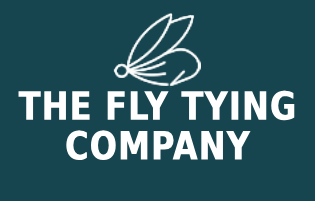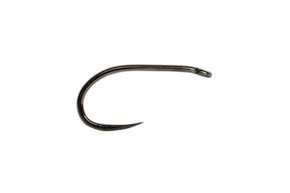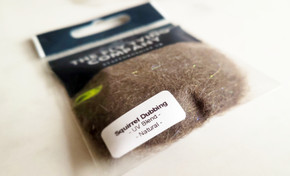Origin and History
The Partridge & Green is a traditional North Country spider pattern, closely related to the classic Partridge & Orange. It was developed in Northern England for use on rivers such as the Yorkshire Dales and Derbyshire Wye. The substitution of green silk for orange gives it a subtler appearance, making it especially effective in spring and early summer when olives and green-bodied upwings are hatching. This fly has stood the test of time for trout and grayling anglers who favour sparse, imitative spiders.
Materials
- Hook: Wet fly or spider hook, sizes 12–18
- Thread/Body: Green silk or thread (light or medium shade)
- Hackle: Grey partridge feather (soft and speckled)
- Optional Rib: Fine gold wire for durability
Popular Variations
- Partridge & Yellow – brighter shade for summer fishing
- Partridge & Orange – the most famous spider pattern
- Partridge & Purple – excellent in autumn light conditions
- Beadhead Partridge & Green – adds depth for stillwaters
- Partridge & Hare’s Ear – dubbed thorax for added bulk
Step-by-Step Tying Guide
- Attach green silk or thread behind the hook eye and wind to the bend.
- Optional: Tie in fine gold wire for ribbing reinforcement.
- Form a slim body with green silk, keeping the profile sparse and tapered.
- Counter-wrap ribbing wire up the body if used, securing behind the eye.
- Select a partridge feather and tie it in by the tip, wrapping 1–2 sparse turns.
- Stroke fibres back to form a swept-back soft-hackle collar.
- Whip finish neatly and add a touch of varnish to secure.
Seasonality & Representation
The Partridge & Green is particularly effective from spring through early summer, coinciding with olive hatches and other small upwinged insects. Its soft hackle pulses naturally in the current, imitating emerging insects as they struggle towards the surface film. Grayling and trout both respond eagerly to this subtle spider pattern.
Tackle and Setup
- Rod: 9–10ft, 3–5wt
- Line: Floating line
- Leader: 9–12ft tapered leader, 5–6X tippet
- Setup: Traditionally fished in teams of 2–3 spiders across and downstream
Summary Table
| Aspect | Details |
|---|---|
| Origin | North Country, UK |
| Best Seasons | Spring to Early Summer |
| Represents | Olives and small emerging upwings |
| Hook Sizes | 12–18 |
| Tackle Setup | 9–10ft rod, floating line, 9–12ft leader |












